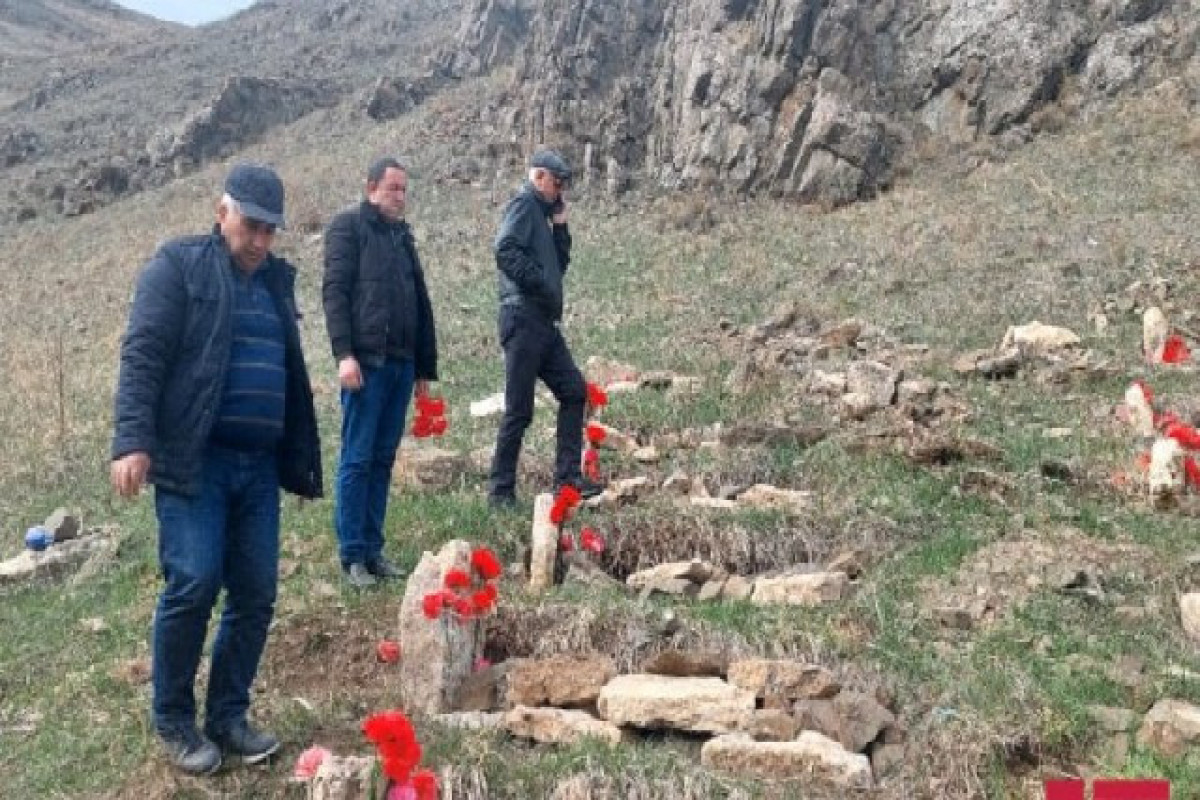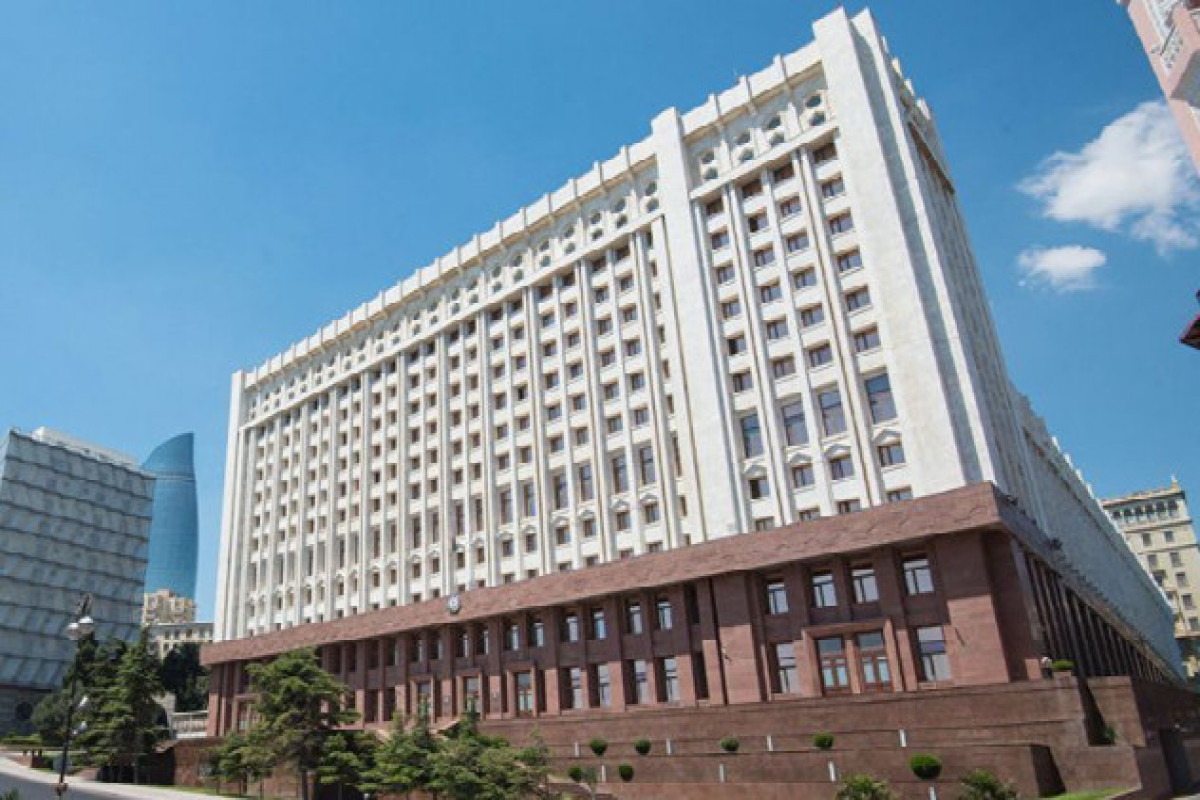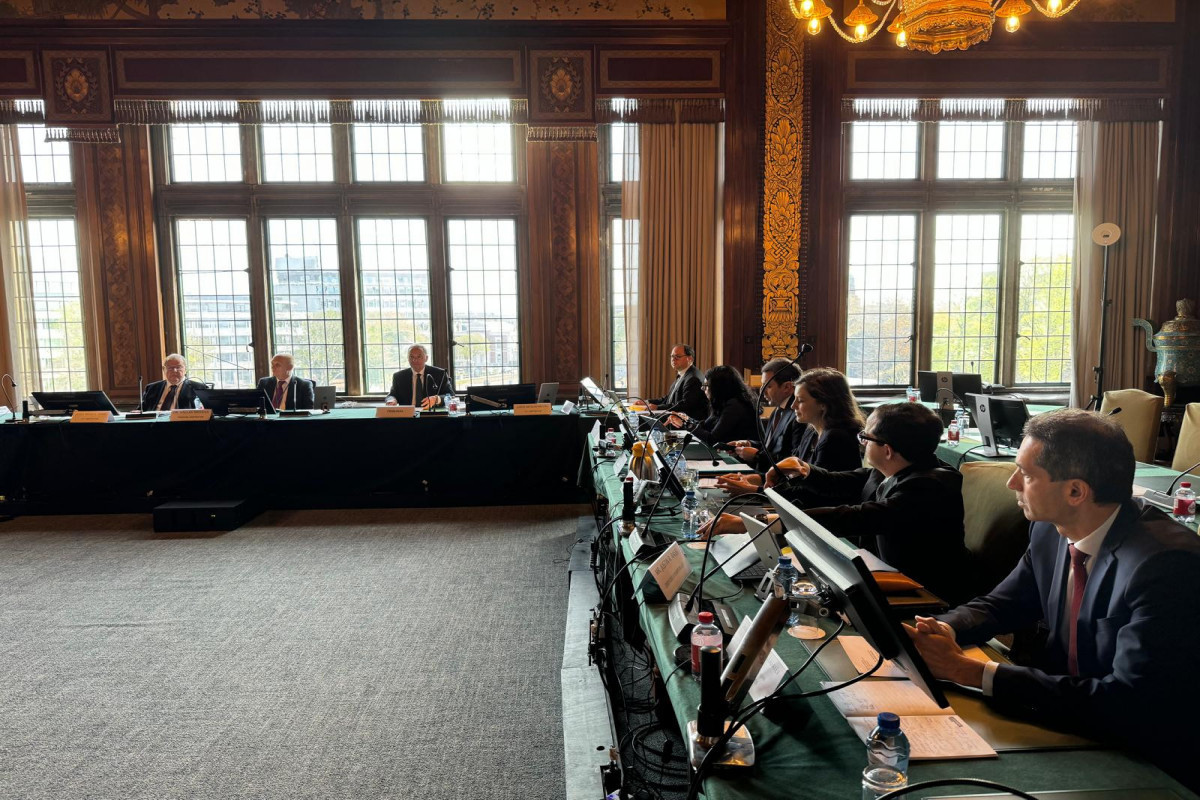Today, Azerbaijan’s national holiday – Republic Day is celebrated, APA reports.
103 years ago, the first democratic republic in the Orient was established. The establishment of the Azerbaijan People’s Republic (APR) was declared by the Azerbaijan National Council chaired by Mahammad Amin Rasulzade at the building of the Caucasian governor’s office in Tbilisi City on May 28, 1918.
The Independence Declaration of the Azerbaijan National Council read as follows:
Beginning from today, similarly to the Azerbaijani people obtaining the power, Azerbaijan covering the territory of the South-Eastern Transcaucasia also becomes the full-fledged independent state;
The governance form of the independent Azerbaijan state is the People’s Republic;
The Azerbaijan People’s Republic is committed to establishing friendly relations with all peoples and especially the neighboring peoples and states;
Azerbaijan People’s Republic grants political rights and citizenship right to all its citizens living within its boundaries irrespective of their ethnicity, faith, social class and strata affiliation, and gender;
The Azerbaijan People’s Republic creates broad opportunities for the free development of all ethnic groups living on its territory;
Until the convening of the Founders’ Assembly, Azerbaijan will be headed by the National Council elected by people and the Interim Government bearing responsibility to the National Council.
As M. A. Rasulzade held negotiations with the Ottoman Empire in Batumi about independence of Azerbaijan, the meeting where adoption of the Independence Declaration was announced, was chaired by the deputy chairman of the Azerbaijan National Council Hasan bey Aghayev. The meeting provided by secretarial services of Mustafa Mahmudov, was attended by Fatali Khan Khoyski, Khalil bey Khasmammadov, Nasib bey Yusifbeyli, Mirhidayat Seyidov, Heybatgulu Mammadbayov, Nariman bey Narimanbeyli (not the Bolshevist Nariman Narimanov – the editor’s note), Mehdi bey Hajinski, Alasgar bey Mahmudbeyov, Aslan bey Gardashov, Sultanmejid Ghanizade, Akbar Agha Sheykhulislamov, Mehdi bey Hajibababeyov, Mammad Yusif Jafarov, Khudadat bey Melik-Aslanov, Rahim bey Vekilov, Hamid bey Shahtakhtinski, Firudin bey Kocherli, Jamo bey Hajinski, Shafi bey Rustambeyov, Xosrov Pasha bey Sultanov, Jafar Akhundov, Mahammad Maharramov, Javad Melik-Yeganov and Haji Molla Selim Akhundzade.
At that meeting of the Azerbaijan National Council, the composition of the first interim government of the APR under the leadership of the non-partisan Fatali Khan Khoyski was also approved. The composition of the first government was as follows:
Fatali Khan Khoyski – chairman of Council of Ministers and minister of internal affairs
Khosrov Pasha bey Sultanov – military minister
Mammadhasan Hajinski – minister of foreign affairs
Nasib bey Yusifbeylı – minister of finance and minister of people’s education
Khalil bey Khasmammadov – minister of justice
Mammadyusif Jafarov – trade and industry minister
Akbar Agha Sheykhulislamov – minister of agriculture and minister of labor
Khudadat bey Malik-Aslanov – minister of roads and minister of post and telegraph
Jamo bey Hajinski – state controller.
As Baku City was under control of the united Bolshevik-Dashnak political and military forces under the leadership of Stepan Shaumyan when establishment of the APR was declared, the Azerbaijani Government temporarily functioned in Ganja City. After heavy battles, on September 15, 1918, the units of the national army of the APR and the Caucasian Islamic Army led by Nuru Pasha liberated Baku from the Bolshevik-Dashnak and English militia groups. Thereafter, the Azerbaijani government moved to Baku.
At 13:00 on December 7, 1918, in the building of the girls’ school of Haji Zeynalabdin Taghiyev (currently, the building where the Manuscripts’ Institute named after Fuzuli under Azerbaijan National Academy of Science (ANAS) is accommodated), the solemn opening ceremony of the Azerbaijani parliament took place. The chairman of the Azerbaijan National Council M.A.Rasulzade made a broad congratulatory speech at the opening ceremony of the parliament.
Alimardan bey Topchubashov was elected parliament’s chairman, while Hasan bey Aghayev was elected his first deputy. As A.Topchubashov was at the Paris peace conference, the parliament was chaired by H. Aghayev. Just at the first meeting of the parliament, the resignation of the government led by F. Kh. Khoyski was approved and the decision was made to establish new government. The establishment of the new government was once again assigned to F. Kh. Khoyski.
During the period of existence of the APR, a total of 155 meetings of the parliament were held. Of which 10 meetings referred to the period of functioning of the Azerbaijan National Council (May 27 – November 19, 1918), while 145 meetings referred to the period of functioning of the Azerbaijani parliament (December 7, 1918 – April 27, 1920).
Over 270 draft laws were brought up for discussion by the parliament, of which about 230 draft laws were adopted. The deputies belonging to 11 factions and groups took part in the drawing up, discussion, and adoption of the parliamentary laws. 11 commissions functioned in the parliament.
The APR obtained great achievements during its short life. The Republic which recognized women’s election right for the first time and ensured male and female equality, implemented great works in the areas of national army building, issuance of the national currency, the establishment of a national bank, democratization, free elections, international relations and official recognition of Azerbaijan’s independence by the international community, ensuring of Azerbaijan’s territorial integrity, implementation of economic reforms and etc. Regrettably, the APR lived for as short as 23 months and was overthrown as a result of the Bolshevik occupation on April 28, 1920.






